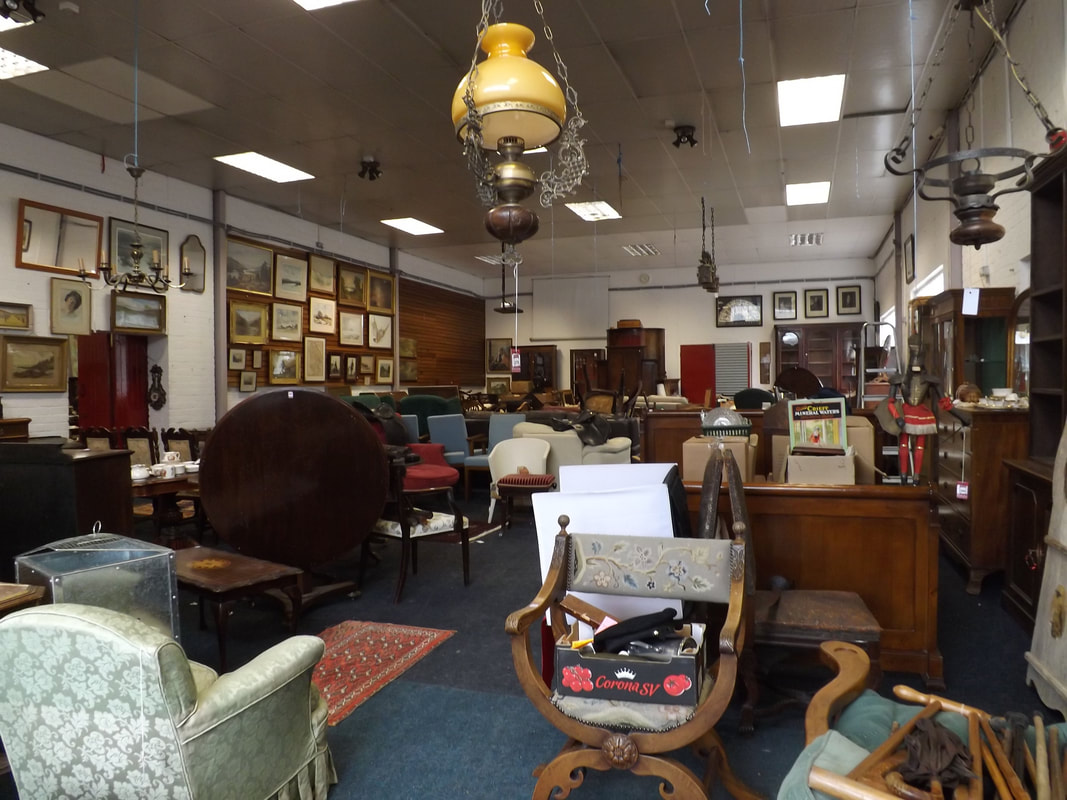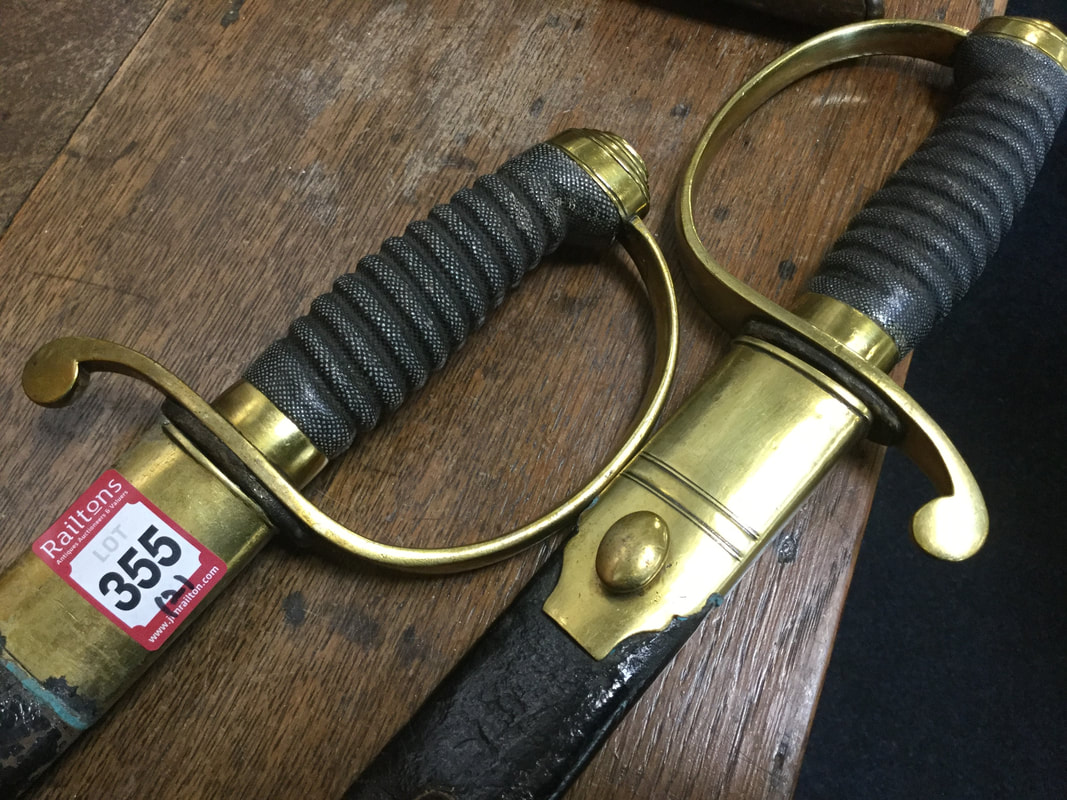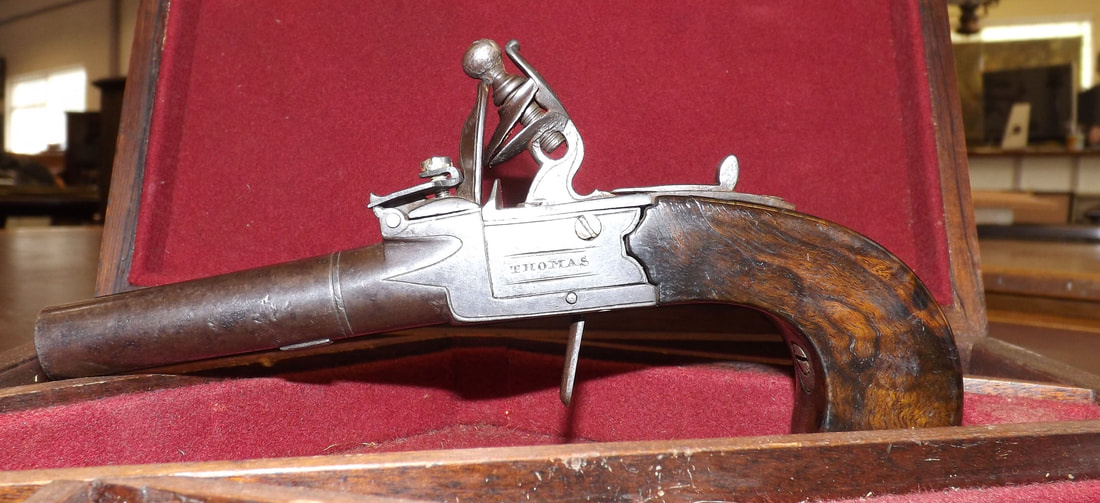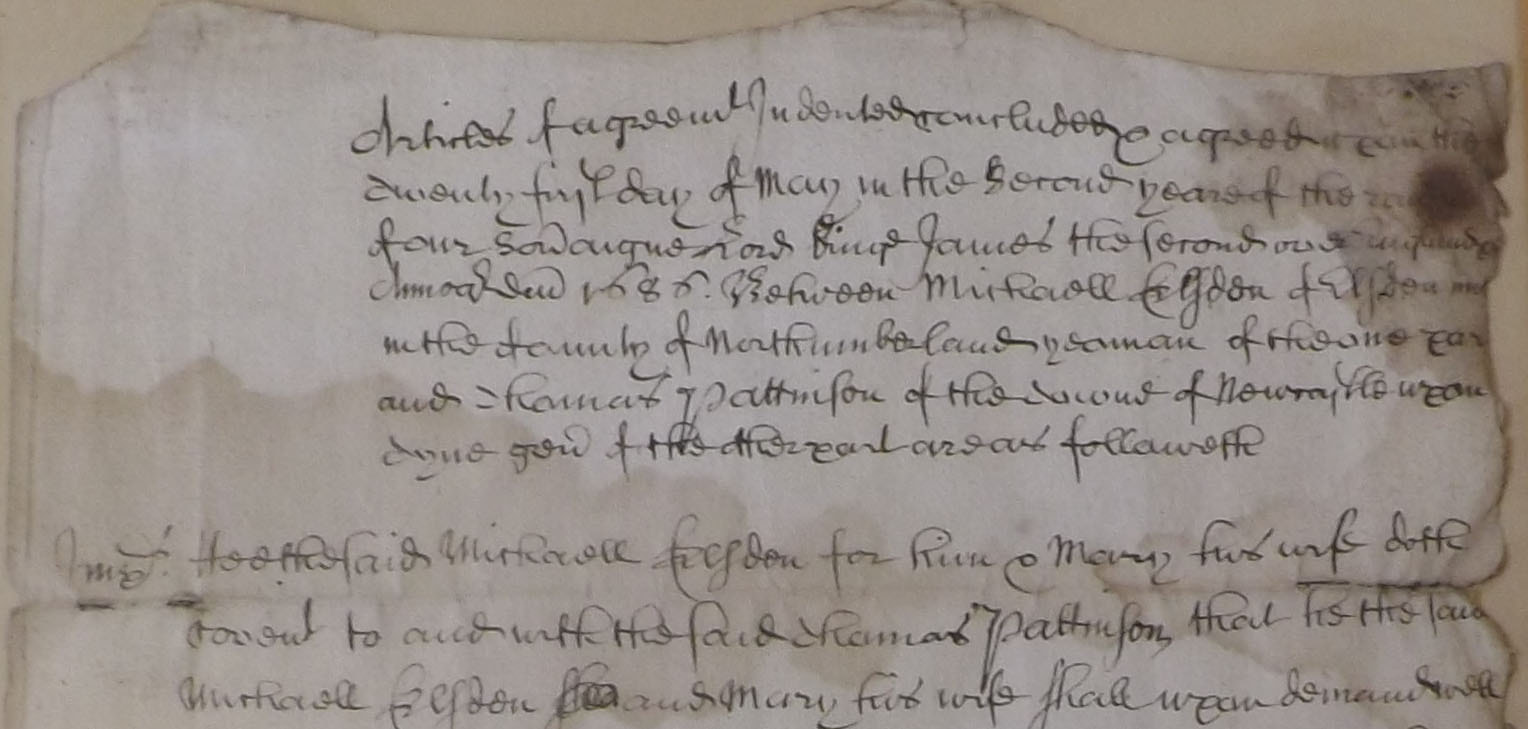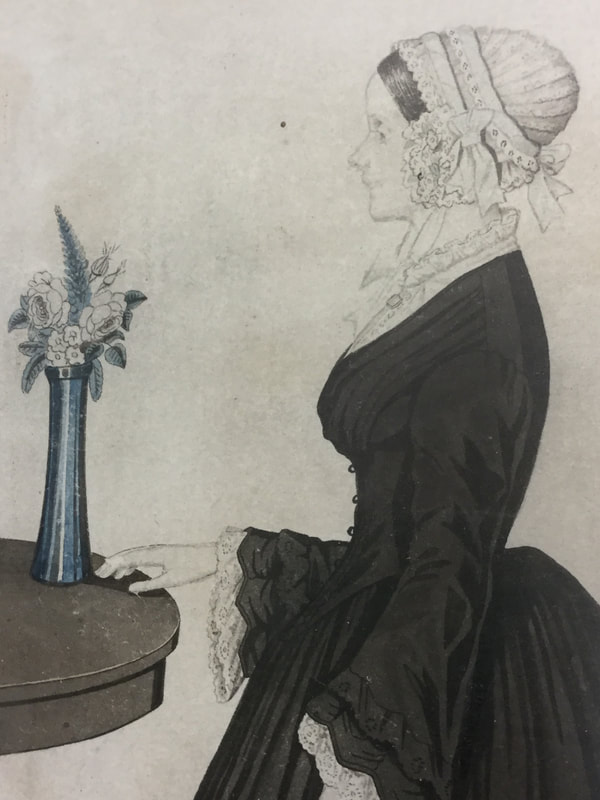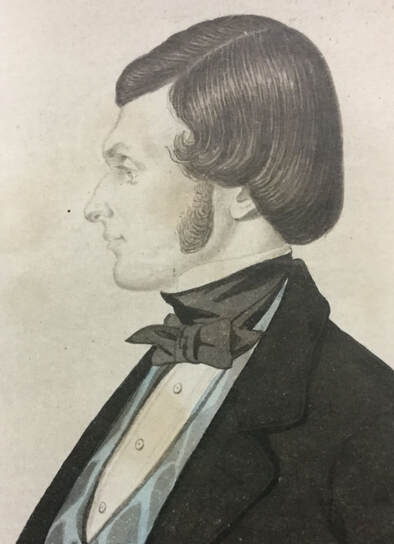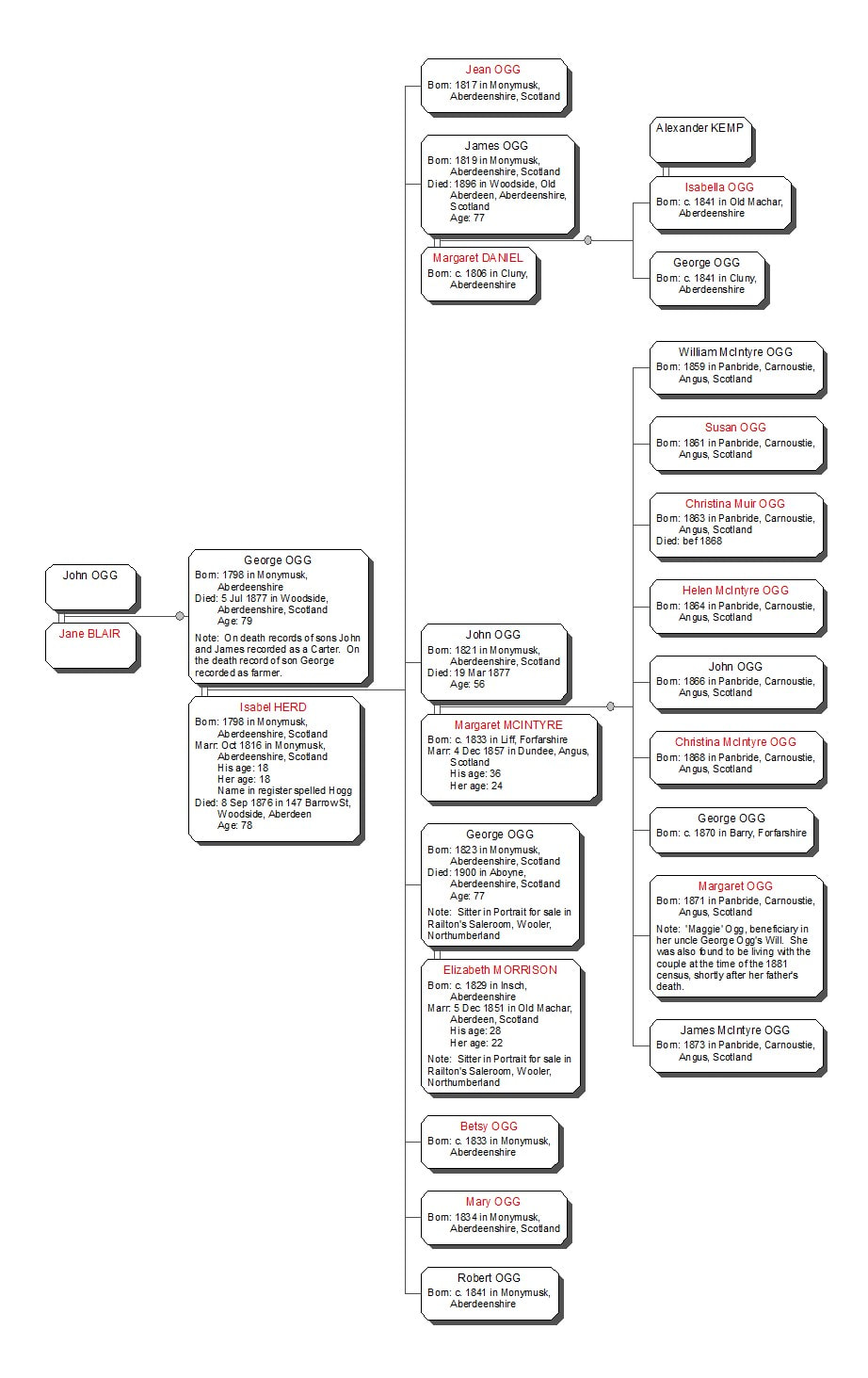To be ignorant of what occurred before you were born is to remain always a child. For what is the worth of human life, unless it is woven into the life of our ancestors by the records of history. (Cicero) The popularity of television shows such as The Antiques Roadshow and Flog It! demonstrate the public’s continued fascination with objects from bygone eras. The shocked amazement on owners faces when they are told the piece of ‘tat’ or ugly china that has been kept hidden from public view is worth a small fortune, will undoubtedly have sent many folk scurrying for stepladders and torch in order to examine the contents of the attic. ‘Dust down your Granny and send her to auction if she is worth a bob or two’ has I am sure, crossed many a mind! Although these shows include snippets about the object’s history, their primary focus tends to be the material worth rather than historical value. The connection between objects being appraised or sold and our individual or collective past is rarely more than briefly considered. Often the very items being offered for sale are those that a family historian would love to find and would never dream of parting with come hell or high water! eBay has long been the online auction site of choice to hunt down family memorabilia, most usually in the form of old documents. However, large numbers of the documents and manuscripts that find their way on to eBay have passed through a saleroom room beforehand. They are often bought by the box-load at auction, sorted by the purchaser into individual lots and resold at a hefty premium. Furthermore, online browsing is a rather uninspiring experience! It is incapable of recreating the atmosphere of a saleroom brimming with all manner of historical riches, each holding subtle clues to our past. There is a special magic found at every auction where a cross section of pre-loved objects patiently waits to be re-homed at the fall of the gavel. Hence, as Covid19 restrictions eased, my first venture back into the post-lockdown ‘world’ was to Railton’s saleroom at Wooler in Northumberland. For me, a quick hop over the Border, where, in the splendid isolation of ‘viewing by appointment’, I had the luxury of previewing lots for both the forthcoming June & July sales as well as items yet to be catalogued. A couple of hours flew past in what seemed like minutes. Amongst the array of antique furnishings on offer are; two pairs of 19th century Swords or ‘Hangers’ for Northumberland and Berwick County Constabularies, a set of five nicely framed, photographic copies of Mackenzie family portraits, a wonderful cased ‘muff’ or travelling flintlock pistol small enough to fit snuggly in the palm of a hand, a couple of flintlock blunderbuss pistols, an old estate map of ‘Milne Graden’ dated September 1845, a simply huge framed map of Northumberland, which at approximately 5ft x 6ft 6 inches would cover a very large section of anyone’s wall, a nineteenth century medicine cabinet, and a simple wooden ballot box from Ashington Colliery. Such is the diversity of treasures on offer it is almost impossible to highlight just a couple! Whilst I could have written at length on the historical merits of many of the lots on offer, the two that feature below have been selected for their links to specific families, in the hope they may be reunited with long-lost relatives for whom their value is more than monetary. Sale of land at Moat Farm, Elsdon in 1686On arrival, a framed document was thrust into my hands for me to transcribe. (Transcription is my specialism after all!) The document is dated 1686 during the short and troubled 3 year reign of James II, & VII, just 2 years before being deposed and replaced by his daughter Mary and her husband William of Orange during the ‘Glorious Revolution’ of 1688. It concerns the sale of ‘The Moot’ [Moat, Mote] at Elsdon, Northumberland, which may well relate to land on, or near, the site of ‘Elsdon Castle’. The document details the names of vendors; Michael Elsden, John Clennell and Martyn Hall of Elsdon, and the purchaser Thomas Pattinson of Newcastle upon Tyne. The total purchase price for the land was £220 to be paid in instalments on named quarter days when historically it was customary to settle debts. The document also contains conditions relating to the conveyance in the form of a leaseback to Michael Elsden and his wife Mary for the term of one year, together with the names and signatures of the witnesses to the agreement. Extract of transcription relating to the 1686 sale of land at ElsdonArticles of agreem[en]t Indented concluded & agreed upon the Twenty first day of May in the Second year of the reigne of our sov[er]aigne Lord kinge James the second over England Annoq[u]e d[om]ini 1686 Between Michaell Elsden of Elsden in the County of Northumberland yeoman of the one par[t] and Thomas Pattinson of the Towne of Newcastle upon Tyne gen[tleman] of the other part are as followeth Imp[rimis] Hee the said Michael Elsden for him & Mary his wife doth Coven[an]t to and with the said Thomas Pattinson that he the said Michael Elsden sha and Mary his wife shall upon demand well Curious as to whether the couple had family and possible descendants a quick check of the Elsdon parish registers for the period, the couple baptised two sons, Thomas in 1675 and William in 1678 whilst living at The Moat. Thomas Pattinson first appeared in the parish accounts in August 1687. Such a document is a true gem for descendants of the Elsden, Clennell, Hall and Storey families synonymous with the area, or the Pattinsons from Tyneside, or indeed the current owners of Moat Farm at Elsdon. This item will be sold in Railtons July Sale as Lot No 139, and a full transcription of the document is available on request. The 'Ogg' family of Aberdeenshire & Oldtown Farm AboyneAnother lot that caught the eye, this time in the June sale is Lot No 395. It is a pair of framed, silhouette style, watercolour portraits, named as George & Elizabeth Ogg of Oldtown Farm, Aboyne. The pictures are unusual as the only colour to feature in addition to the traditional monochromatic greys is a vibrant blue. Whilst rustically naïve on the one hand, there is also a high level of intricate detail, particularly to Elizabeth’s cap, cuffs, face and hankie, but what is their story? With more than one couple in Aboyne that could fit the bill, a bit of detective work was required. After a brainstorming session and a deal of deliberation over intricate details of their dress with colleague and fellow Scottish professional genealogist Lorna Kinnard, it was finally decided that the pictures dated from circa 1851 when a George Ogg, born in Monymusk, Aberdeenshire circa 1824, married Elizabeth Morrison at Old Machar. George Ogg died at Bridgend, Aboyne in November 1900 and it appears his marriage with Elizabeth was childless. Conflicting information in the records made this pedigree tricky to trace, but a bequest in his Will to niece Maggie Ogg, of Kembeck Street, Dundee, proved to be the key to unlocking the wider family. George’s record at death names his father as having also been called George Ogg, a farmer and his mother as Jane Ogg, maiden surname also Ogg. This information, which had been recorded by a Morrison nephew created a bit of a wild goose-chase at the start, particularly as there appears to have been intermarriages between members of the Ogg family in Aboyne. Fortunately, George’s niece and beneficiary, Maggie Ogg was still resident in Kembeck Street in 1901, where, aged 29, she was working as a dressmaker and living with her widowed mother and younger brother James. Tracing her line established her as the youngest daughter of John Ogg, a Railway Agent and his wife Margaret McIntyre. John Ogg died in March 1877 at Dundee Street, Carnoustie. His death record names his father as George Ogg, occupation Carter, and his mother as Isabella Ogg, maiden name Herd. At first glance not a match with ‘brother’ George at all! The informant of John’s death was yet another brother James Ogg, of Woodside, Old Aberdeen. Following his trail and death record of 1896 confirmed his parents as George Ogg, Carter and Isabella Herd. James, whose occupation had been a ‘Paper Mill Worker’ was the widower of Margaret Daniel and had been living at Woodside, Aberdeen at the time of his death. His married daughter Isabella Kemp is recorded as the informant. This still did not provide any hard evidence that George was indeed the brother of John and James, if anything it was straying further from the subject. Consulting the parish baptism register for Monymusk was also drawing a blank. Attention then switched to potential parents George Ogg and Isabella Herd for clues. In 1851 the couple were living at 259 Barron St, Old Machar, with sons George aged 26, Robert aged 10 and daughter Betsy aged 18. This record provided the proof required as it matched the address given by George junior at the time of his marriage to Elizabeth Morrison in 1851, when his own occupation was that of Carter. A second marriage for George Senior, and therefore a different mother for George was also ruled out. George Ogg senior died at, 5 Bridge St, Woodside in 1877 when he was described as the widower of Isabella Herd. His occupation is recorded as Master Carter and his parents listed as John Ogg, Farmer at Monymusk and Jane Ogg nee Blair. He had married Isabella Herd at Monymusk in 1816, however, his name was recorded as Hogg rather than Ogg in the register. Indeed, when the baptism register at Monymusk was consulted again using the name Hogg, baptisms of children John and James appeared but still no sign of George circa 1823/24. Isabella died in September 1876 the thus ruling out the possibility of a different mother for George. It is clear from other records that George junior is not the only child whose baptism was not recorded in the parish register. Therefore, it is likely there are more children than have been accounted for in the outline pedigree below. This snippet of research demonstrates only too well the dangers of taking information recorded in the records too literally and that surnames, even well into the 19th century, may have alternative spellings to those expected! If drawing a blank in searches of indexes, adding a wild card or two might help flush out alternatives. Portraits all too often enter the saleroom without any means to identify the sitter and are sold for their decorative furnishing value, rather than their personal history. However, a bit of time has been taken in this case to reach out to researchers of the Ogg family. Only time will tell if the portraits have been reunited with their bygone relatives! If you know descendants of the Ogg family of Aberdeenshire be sure to point them in the direction of Railton’s Saleroom in Wooler. As I write the world is still a long way from being in control of Covid19 and the temptation is to turn to Amazon for everything we want and need over and above our daily requirements. However, there are a lot of businesses out there, Auction Houses and Salerooms amongst them who have adapted their businesses to meet the needs of the new world and need our custom. Viewings are now being organised to ensure social distancing is maintained and many are now offering live links to the auction room on sale day and facilitate live online bidding as the auction action takes place. Why not find your nearest auction and see what facilities they are offering to keep viewing and bidding for lots on offer safe and secure during these difficult times. If you fancy joining dropping in to Railton’s auction ‘live’ on Saturday 27th June just follow this link through ‘The Saleroom’ If you would rather just browse the treasures on offer and perhaps leave a bid this can be done directly through Railton’s website at https://www.railtons.co.uk/
4 Comments
Susie Douglas
20/6/2020 07:47:51 pm
Thank you David. There are some fabulous objects in the sale with links to some fascinating social & local history!
Reply
22/6/2020 06:27:03 am
Thank you for this v interesting post. I wish I lived near Railtons!!
Reply
Helen Tovey
25/6/2020 09:40:30 am
Very inspiring. What a great idea to see (smell) and bid on real holdable history - after all these months of virtual living.
Reply
Leave a Reply. |
AuthorSusie Douglas Archives
August 2022
Categories |
Copyright © 2013 Borders Ancestry
Borders Ancestry is registered with the Information Commissioner's Office No ZA226102 https://ico.org.uk. Read our Privacy Policy
